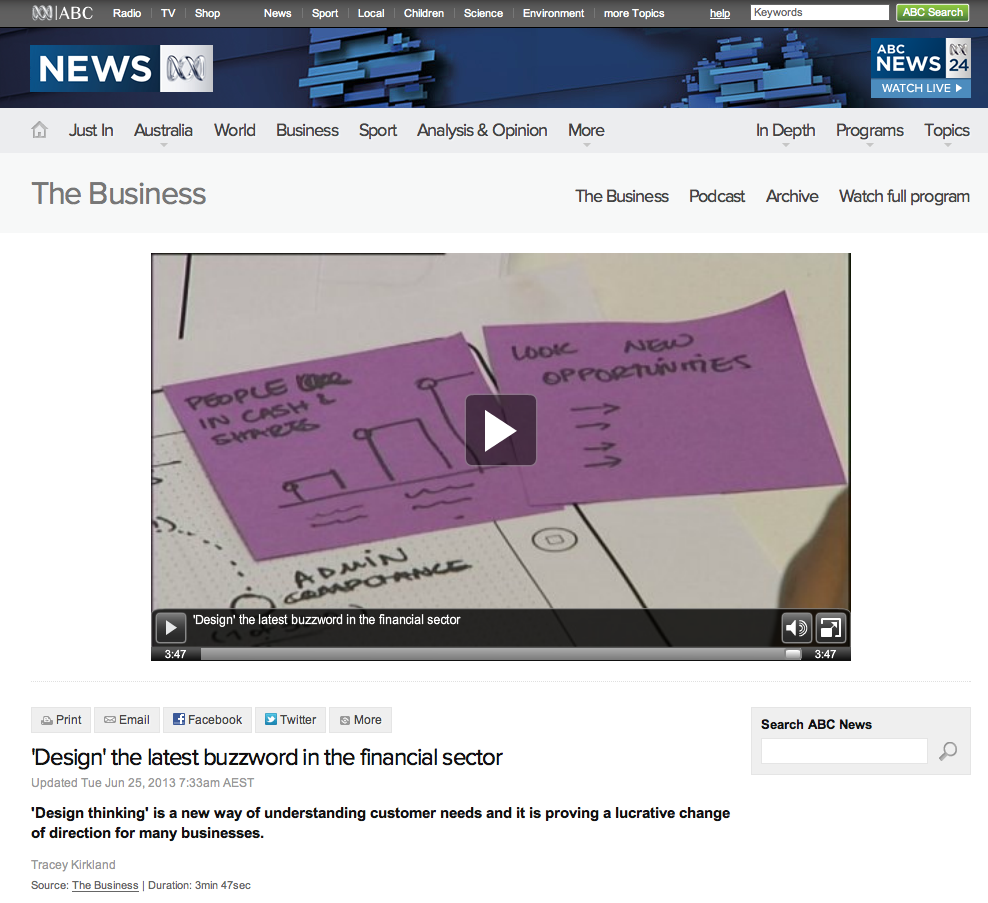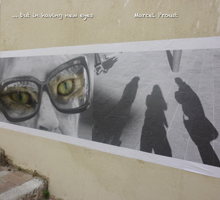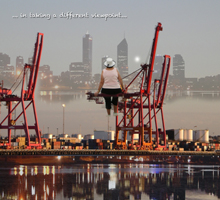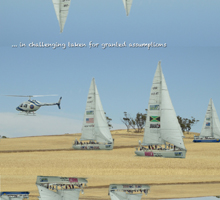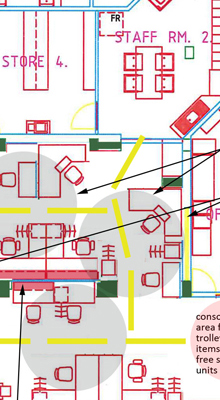
Design: A design-led approach
08 May 2019
At Kwokka, we work with human complexity and collective creativity to expand the horizons of possibility, rather than taking a conventional narrow problem-solving focus that limits the scope of ideation.
Kwokka works towards design-led solutions to the challenges faced by businesses, groups and organizations. We do this through delivering actionable projects, proposals, ideas, prototypes, strategies and constructive maps that help shape services, systems, events, products and places. With extensive international and cross-cultural experience, we actively incorporate fluid design tools, sketching and concept modeling techniques to facilitate client engagement with the entire design process. By designing with clients and stakeholders (including clients, customers, suppliers, staff and users) rather than for them, we ensure the development of ideas is: flexible, specific, appropriate and achievable.
Kwokka identifies and maps internal and external opportunties for modification in order to transform what and how you deliver services or products. We can help you transform what you do and how you do it, getting to grips with the details and project managing the process of implementation. As designers we have experience in all stages of project work from research and concept design through to feasibility, development, realization and post-project maintenance/monitoring. Conventional operational or organizational thinking can be too stale, and blue sky thinking too unrealistic.

